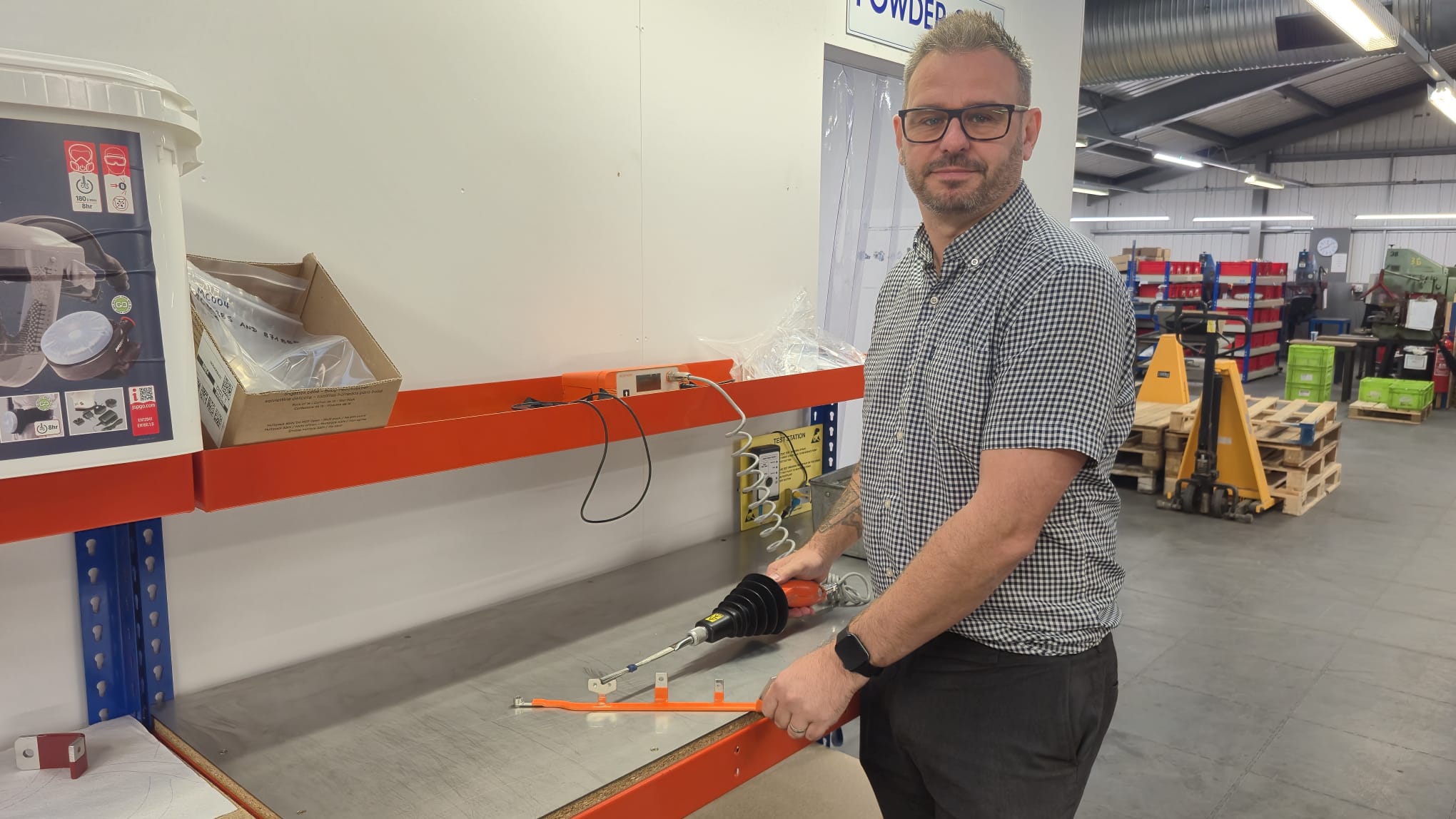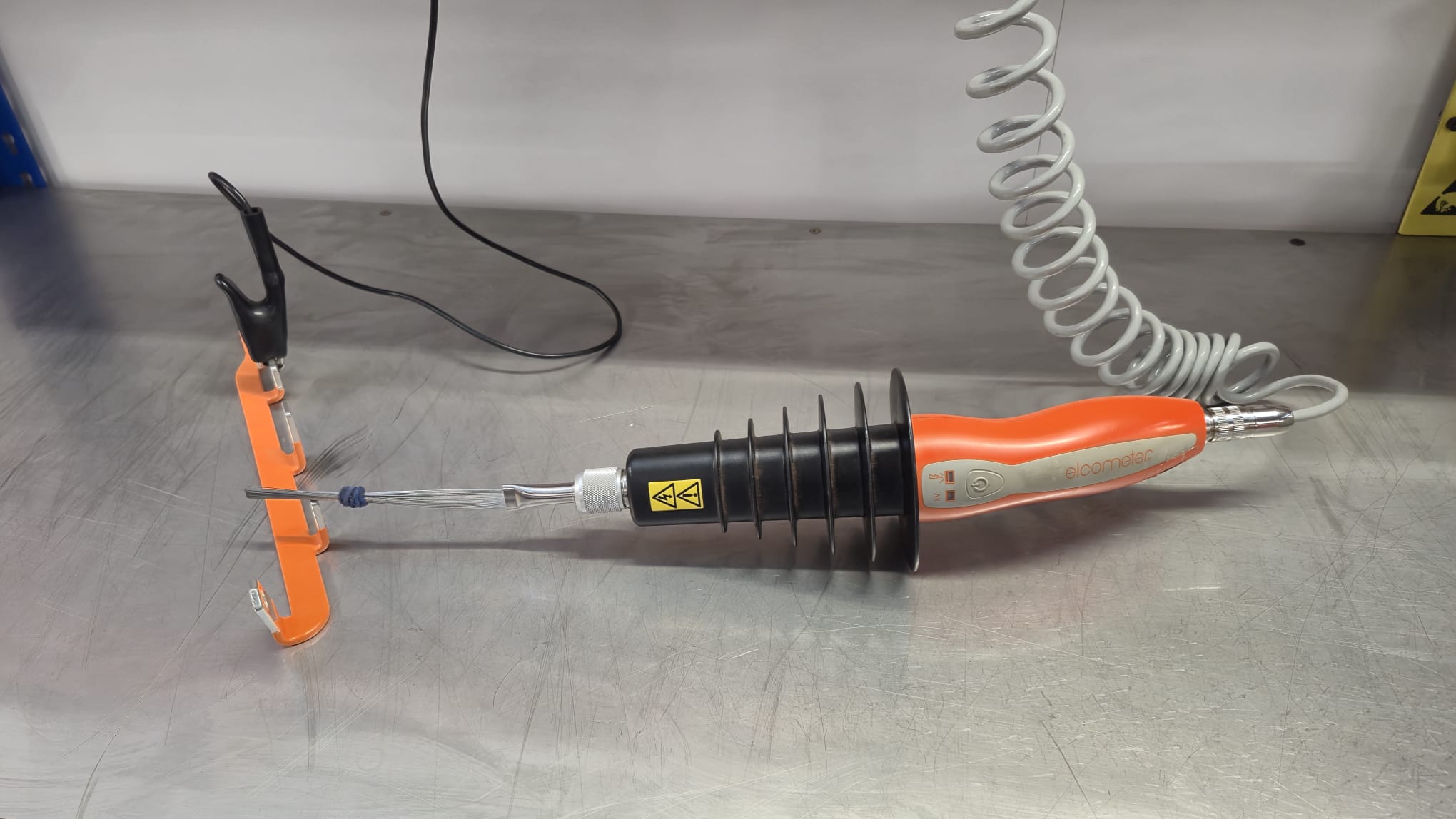Powder Coated Busbars
Powder Coated Busbars: Manufacturing Details that Define Reliability
As the electric and hybrid vehicle industry accelerates, attention often falls on battery capacity, charging speeds, and energy efficiency. Yet within every pack and power distribution system lies a quiet workhorse: the busbar. These copper conductors provide the pathways for current flow between cells, modules, and electronic systems. To most engineers, busbars may seem straightforward — a length of copper shaped to fit, coated for insulation, bolted into place.
In practice, however, their performance and reliability are defined not just by design, but by how they are manufactured. This is particularly true in niche sectors such as electric and hybrid marine systems, trucks, high-end vehicles, and supercars, where production volumes are lower but demands on quality, flexibility, and reliability are higher than ever. “In prototype to mid-volume programmes you don’t get the luxury of a thousand trials,” says Simon Stewart, Technical Manager at H V Wooding. “The first article has to be right, and the tenth has to be indistinguishable from the first.”

From CAD to Component: Why Tolerances Matter
When an engineer completes a CAD model, every radius, hole, and bend appears perfect. In reality, those features must be manufactured from copper sheet with tight tolerances, and even small deviations can create serious problems downstream. An inaccurate bend radius, for instance, can alter the spacing between phases, placing stress on insulation coatings or affecting fit within a module. Poor edge quality can make powder coating less effective, leaving thin areas vulnerable to breakdown. Flatness and dimensional consistency directly determine how well assemblies come together, reducing rework and minimising vibration-induced wear once the vehicle is in service. “At the design stage, a bend radius is just a number,” Simon explains. “On the shop floor, it’s clearance, stress in the coating, and whether the assembly actually goes together.”
Powder Coating: Insulation Beyond the Surface
As voltages in electric vehicles rise, the importance of busbar insulation has grown significantly. Powder coating has emerged as a preferred method, offering robust electrical protection while withstanding the mechanical handling of assembly lines. But not all coatings are equal. Even a pinhole invisible to the naked eye can compromise insulation integrity. In high-voltage environments, a single defect may allow partial discharge, leading to progressive degradation and eventual failure. This is why holiday testing is essential. By applying a controlled voltage across the coated busbar, this non-destructive test identifies pinholes and thin spots before parts leave the factory. While H V Wooding’s process details remain proprietary, the principle is clear: only busbars that pass stringent coating checks are released. “Powder coating isn’t paint — it’s a safety-critical dielectric,” Simon stresses. “A single pinhole is one too many, which is why we treat holiday testing as a gate, not a formality.” Engineers designing busbars don’t need to be coating specialists, but an awareness of how design choices — like sharp corners — impact coating uniformity helps ensure reliability from the outset.

Manufacturing Methods That Enable Innovation
The pace of change in EV design is relentless. Busbar geometries are evolving to fit ever-denser battery packs and compact power electronics housings. Traditional stamping methods, effective for high-volume runs of simple parts, are less suited to this environment. Modern processes such as laser cutting, CNC machining, forming, and electroplating provide the flexibility to move from prototype to production quickly. Engineers can refine designs, trial variants, and validate concepts without being locked into expensive tooling that may become obsolete within months. “Laser and CNC give us the agility to iterate quickly without committing to hard tooling,” says Simon. “That’s essential when designs are still moving but deadlines aren’t.” For niche vehicles — where volumes may not justify high-volume stamping but performance demands remain uncompromising — this flexibility often makes the difference between innovation reaching the market or staying on the drawing board.
Quality Assurance
Catching Problems Early In a world where battery packs can cost thousands of pounds to replace, the value of robust quality assurance cannot be overstated. Microscopic defects in a busbar may seem trivial at the point of manufacture, but once sealed inside a battery pack, they can have catastrophic consequences. Dimensional checks ensure consistency across every batch. Coating inspections verify insulation integrity. Electroplated surfaces are assessed for uniformity and adhesion. Each step is designed to intercept potential issues before they leave the factory floor. “Quality isn’t the inspection report at the end; it’s the repeatable process that makes the report predictable,” Simon remarks. For OEMs, this means risk reduction: fewer warranty claims, fewer recalls, and fewer reputational headaches. For end customers, it means safety and confidence in a vehicle built to last.

Partnering with Engineers: Design for Manufacture
The most successful projects occur when design engineers and manufacturing specialists collaborate from the outset. A busbar that looks ideal in simulation may encounter challenges in real-world production — challenges that can be avoided with early dialogue. Simple adjustments, such as modifying bend radii, adjusting hole sizes, or allowing for coating clearance, can save weeks of redesign later. The outcome is a busbar that is both electrically effective and reliably manufacturable. “We don’t redesign customer products,” Simon explains. “We make them manufacturable and predictable. The innovation stays with the engineer; the risk stays with us.” By feeding back practical considerations, manufacturers help engineers avoid costly pitfalls and accelerate time to market. In a sector where development cycles are shortening and competition is intense, this collaboration is invaluable.
Conclusion
In the race to electrify transport, attention often falls on headline technologies: bigger batteries, faster charging, more efficient motors. Yet the busbar is a critical enabler of them all. Its reliability is defined not only by clever design but also by the invisible details of its manufacture. Tolerances, coating integrity, and rigorous testing may not grab headlines, but they ensure that a busbar designed today will still be performing a decade from now. “Our job is to make sure the first prototype you approved is the same as the fiftieth part you fit — and that both keep doing their job a decade from now,” Simon concludes.

